The Gatling scheme in modern times
During the first half of the XX century. the development of artillery and rifle systems with a rotating block of barrels proceeded extremely slowly and without real results. However, in the post-war period, this architecture attracted attention again, and new models appeared, which eventually managed to enter service. In the fifties in stories multi-barrel systems began a new era that continues to this day.
For aviation and not only
Analysis of the results of combat use aviation during the Second World War, he showed the need to create cannons and machine guns with an increased rate of fire. To this end, in 1946, the US Army Air Force launched a new project, codenamed Vulcan. His goal was to create a small-caliber gun with the highest possible performance.
A curious and almost obvious solution suggested weapons a division of General Electric. Provided for the manufacture of a 15-mm six-barreled machine gun with an electric drive of all mechanisms. The experienced "Vulcan" with the T45 index was manufactured and tested in 1949. At first, the machine gun showed a rate of fire of up to 2500 rounds per minute, and soon it was doubled. However, this weapon did not suit the customer due to its low firepower, limited by the caliber.
In 1952, General Electric completed development and tested two new cannons based on the T45. One of them, the T171, used a 20x102 mm unitary projectile. The characteristics of such a complex turned out to be optimal, and the customer ordered to continue the development. Work continued for several more years, and in 1959 a new weapon entered service under the name M61 Vulcan.
"Volcanoes" of all versions, including experimental ones, were built according to the classic Gatling scheme with some modern innovations. The basis of the gun was a rotating block of six barrels, equipped with their own bolts and an electric trigger. An external drive was used, first electric and then hydraulic.
In the first modification of the M61, tape ammunition was used. However, in the future, it was abandoned in favor of the original linkless system - such a gun was named M61A1. In the recent past, a modification of the M61A2 was created, featuring a lightweight design. Due to the introduction of new components, the rate of fire was brought to 6-6,6 thousand rds / min.
The M61 and its modifications have been used on a variety of US-designed aircraft and helicopters, both in-line and suspended installations. For installation on ground platforms, a modification of the GAU-4 or M130 cannon was developed. Its design provided for a gas engine, which made it possible to rotate the barrels without an external source of energy. The M61A1 is the main component of the Mk 15 Phalanx anti-aircraft system for fleet... You should also remember the M197 cannon - a three-barreled version of the Vulcan with a reduced rate of fire and recoil, intended for use on helicopters.
In the seventies, the GAU-61 Avenger became a direct development of the M8. This seven-barreled 30-mm gun was developed by GE for installation on the promising AX attack aircraft. As before, the operation of the cannon was provided by a hydraulic drive and linkless means of feeding projectiles. At the same time, significant changes of various kinds were made to the design, determined taking into account the operation of previous samples.
Later, on the basis of GAU-8, several new guns of various calibers were developed, incl. with a reduced number of trunks. Also, this gun became the basis for anti-aircraft artillery systems. The Avenger cannon and products based on it are in one form or another in service with several countries.
M61, GAU-8 and their derivatives are still actively used in the United States and other countries and are unlikely to be removed from service in the foreseeable future. A successful combination of all the main characteristics contributes to the continuation of service. The basis for this success was the use of new technologies and materials. In addition, it should be noted an effective external drive and a successful ammunition system, which successfully complemented the Gatling scheme.
After the break
In the mid-forties in the USSR, work continued on pre-war projects of multi-barreled systems, but they were soon stopped due to limited capabilities and lack of obvious advantages. New projects of this kind were launched in our country only in the early sixties, after reports of American successes.
In 1963, the creation of the shipborne artillery mount AK-630 began. The Tula TsKIB SOO became the lead developer, the instrument was designed at the Instrument Design Bureau. The main component of the installation was the 30-mm six-barreled machine gun AO-18. It was a traditional Gatling gun with its own gas engine to drive the barrels. A split-link ammunition belt system was used. The barrel block was closed with a casing, inside which coolant circulated.
AK-630 used a 30x165 mm projectile and could show a rate of fire up to 5 thousand rds / min. Bursts of hundreds of shots were allowed, after which a break was required for cooling. The AK-630 units were mounted on a variety of types of ships and boats of all major classes and were intended to protect against air or surface threats. Many carriers of the AK-630 are still in service.
On the basis of AO-18 / AK-630, a number of guns for various purposes were created. Thus, the AK-306 complex equipped with an AO-18P assault rifle with an electric drive is intended for installation on low-displacement platforms. The rate of fire is limited to 1 thousand rds / min, which made it possible to abandon the means of cooling. An interesting development is the AK-630M-2 "Duet" mount, equipped with two rapid-firing 30-mm cannons. In the mid-seventies, the GSh-6-23 aircraft gun was adopted - a revised version of the AO-18 for the 23x115 mm projectile.
Domestic multi-barreled guns use the classic Gatling scheme with separate bolts and triggers. At the same time, their most important feature is the presence of their own gas engine and means of preliminary promotion of the barrel block. This to some extent complicates and makes the design heavier, but provides greater autonomy and reduces the requirements for the carrier. In general, this approach fully justified itself and provided the solution to the assigned engineering problems.
Return to machine guns
In 1960, General Electric began testing another version of the M61 cannon. This time, the design was reduced to use a 7,62x51 mm NATO rifle cartridge. A few years later, such a machine gun entered service with several types of troops. Best known for its army designation M134 and the nickname Minigun. The M134 can be mounted on land, sea and aircraft platforms, on turrets or as a container. In this case, the body of the machine gun does not undergo any changes.
"Minigun" is a smaller version of the M61 and largely repeats its design. A block of six barrels with their own locks is used. The work of the mechanisms is provided by an electric motor with adjustable rotation speed; maximum rate of fire - 6 thousand rds / min. For power, a linkless magazine or tape is used in combination with a special device that removes the links before feeding the cartridge to the machine gun.
Soon, the XM214 Microgun machine gun was developed for the low-pulse cartridge 5,56x45 mm, intended for use by the infantry. He used an electric drive powered by a built-in battery and received cartridges from a tape. This machine gun did not live up to expectations, which is why it did not go into a large series and did not enter service.
Since the early eighties, General Dynamics has been producing the GAU-19 machine gun. It uses a 12,7x99 mm cartridge and can be equipped with a block with three or six barrels. Shooting is provided by an electric motor; cartridges are fed by a belt or a linkless system. In 2010, the GAU-19 / B modification was presented, which, with the same characteristics, has a lower mass.
In 1968, work began on Soviet multi-barreled machine guns. Their result was the appearance and adoption of two samples at once - GShG-7,62 chambered for 7,62x54 mm R and large-caliber YakB-12,7 (12,7x108 mm). Both products were intended for advanced combat helicopters, which were to be used as built-in and suspended weapons.
The GSHG-7,62 machine gun was developed by the Tula KBP and is a four-barreled system with a gas engine that rotates the barrels and a mechanical descent. With the help of a linkless or tape feed, a rate of fire is provided up to 6 thousand rds / min. Burst length - up to 1 thousand rds.
The large-caliber YakB-12,7 was also created in the KBP and has a similar design; the differences are mainly due to the use of a more powerful cartridge. The machine gun with four barrels and a gas engine develops a rate of fire of up to 4,5 rds / min. At the same time, the weapons of the early series showed insufficient reliability. It was susceptible to dirt and jamming after several hundred rounds. Subsequently, the YakBYu-12,7 machine gun was created, which was distinguished by greater reliability and a rate of fire of up to 5 thousand rds / min.
It should be noted that the new Gatling machine guns were created not only in the USA and the USSR, but also in other countries. For example, in recent years, China has been demonstrating its developments in this area at exhibitions. However, no fundamentally new solutions and radical innovations are being observed. All modern projects of this kind are based on fairly old ideas.
Reasons for success
At the beginning of the XX century. weapons of the Gatling scheme left the scene for several decades, but later returned and firmly established themselves in the leading armies. His success was led by a successful combination of various factors - from the capabilities of gunsmiths to the needs of the military.
Already in the forties, there was a need for aircraft guns with an increased rate of fire, and soon this led to the appearance of the M61 Vulcan gun. The rapid development of aviation and weapons of destruction led to the need to develop air defense systems - and in this area, the Gatling scheme also turned out to be very useful. Later, not only small-caliber guns, but also machine guns showed their potential.
The development of new barrel alloys capable of withstanding increased thermal loads contributed to the emergence of new workable samples. In addition, in the middle of the last century, sufficiently compact, powerful and economical electric motors and alternative drives appeared. Finally, the characteristics of potential carriers have increased, which made it possible to install not the easiest weapons with powerful recoil.
In connection with the development of military technology, rapid-fire systems of various kinds remain relevant, and it can be assumed that the M61 or AO-18 cannons, as well as the M134 machine guns or their successors, will retain their place in the troops. They will have to struggle with new goals, but the principles of work will remain the same - and suitable for solving the assigned tasks.
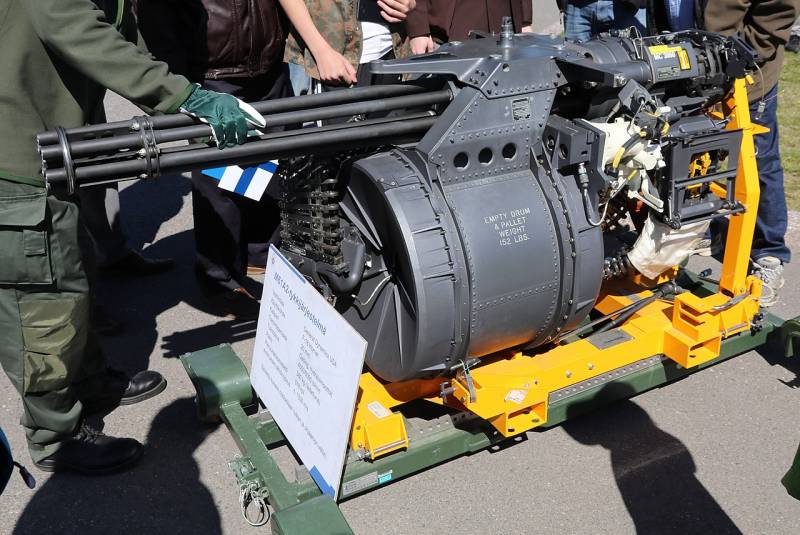
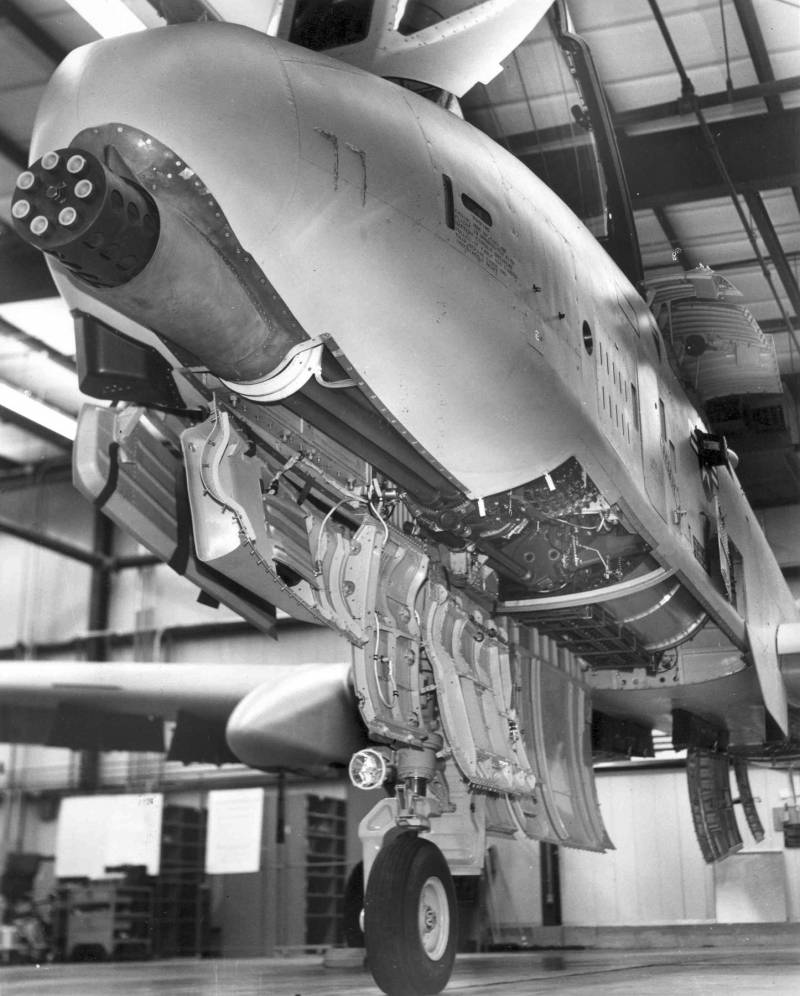
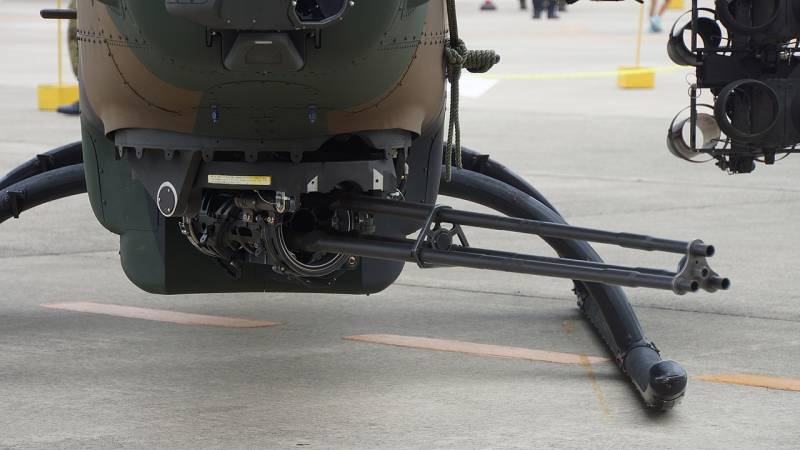
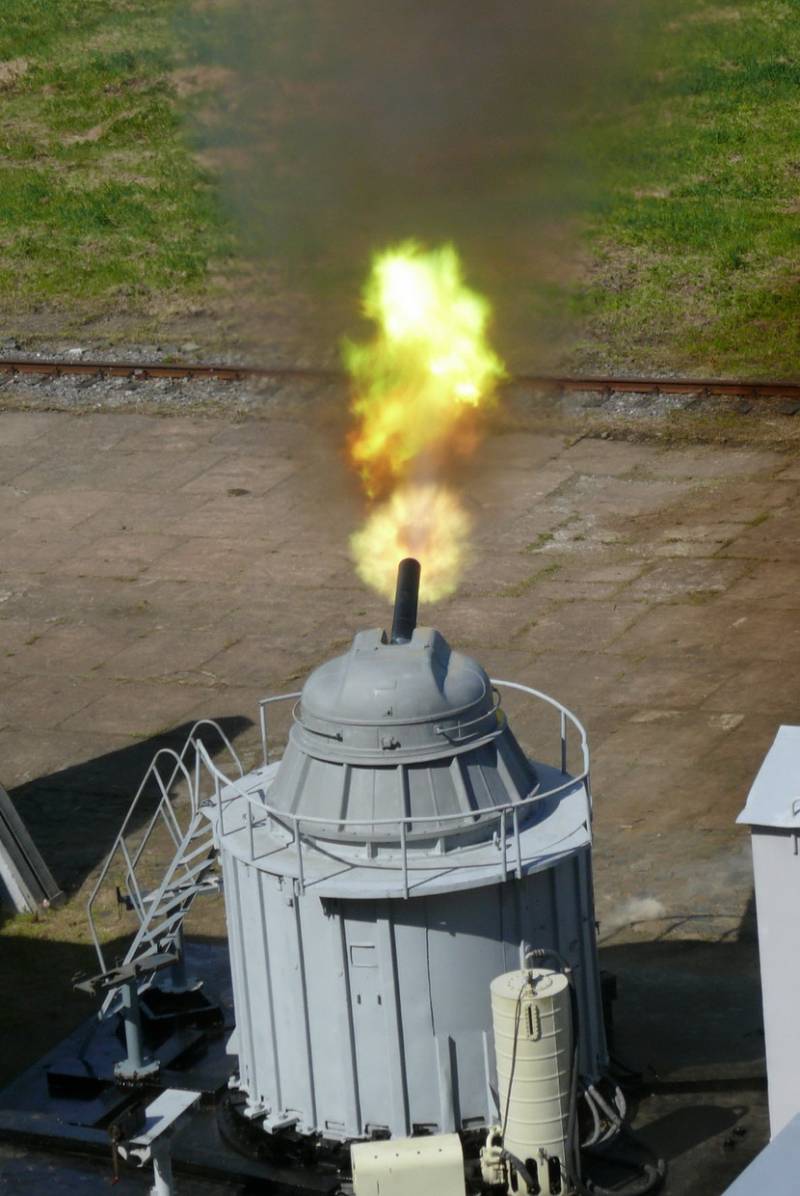
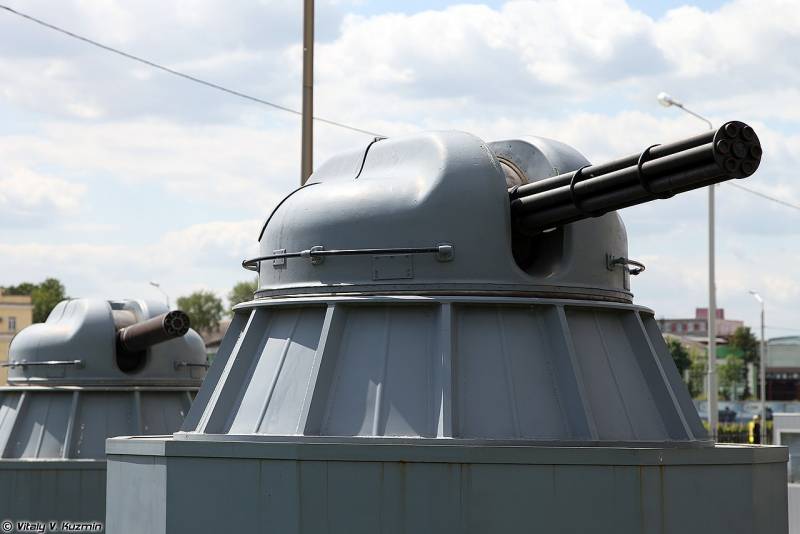
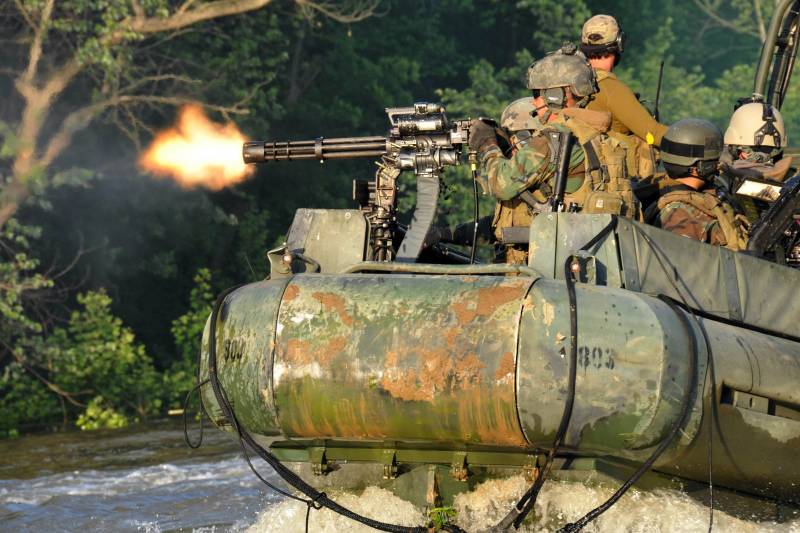
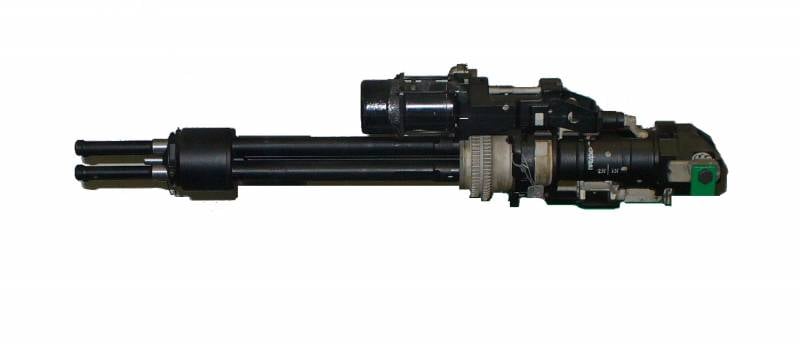
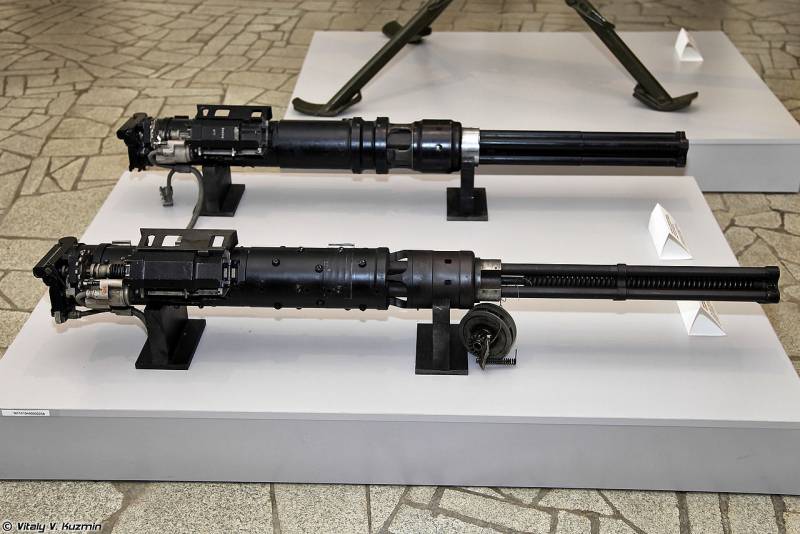
Information